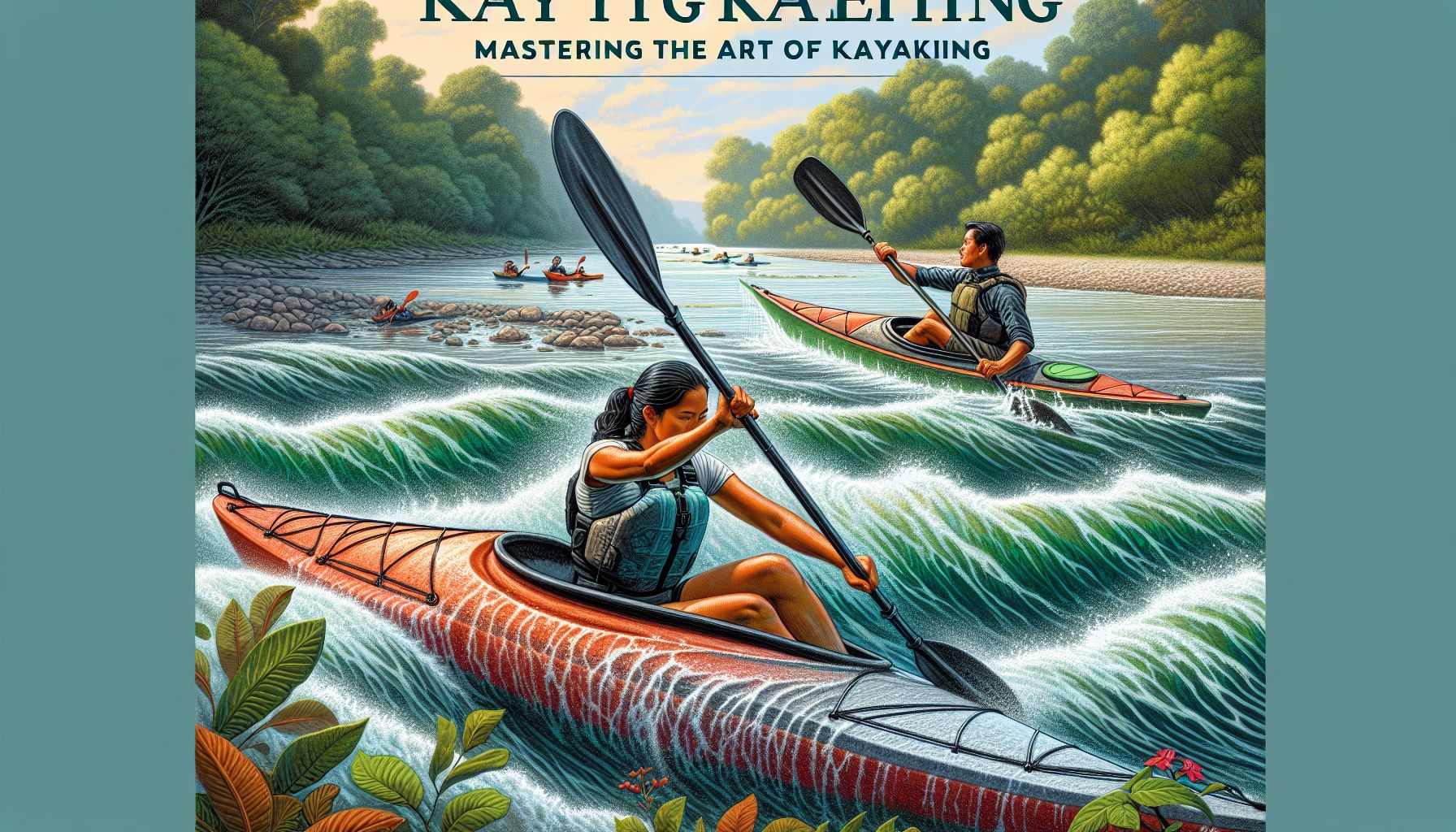With its exhilarating mix of adventure, physical exertion, and exploration of natural beauty, kayaking has won the hearts of countless outdoor enthusiasts. It brings a sense of freedom, allowing you to navigate through open waters and narrow channels, discover tucked away marine life, and soak in breathtaking views that are often inaccessible from the land. Whether you’re new to the sport or an experienced paddler, this comprehensive guide will help you master the art of kayaking.
Understanding Kayaking
Before plunging into the essentials of the sport, it’s crucial to understand what kayaking entails. Originating from the Inuit people who used it for hunting and fishing, kayaking has evolved over centuries into a broad spectrum of water sports. Kayaking can be primarily classified into two forms: recreational kayaking and whitewater kayaking.
Recreational Kayaking
Recreational kayaking, suitable for beginners, involves paddling on calm, open waters like lakes or sheltered ocean areas. It allows you to enjoy peaceful surroundings, view wildlife, and engage in activities like fishing or photography. The kayaks used are typically wide, stable, and require minimal skills to navigate.
White Water Kayaking
On the other hand, white water kayaking involves navigating rapid rivers and streams. It requires higher skill levels due to the unpredictable nature of turbulent water, fast currents, and potential obstacles.
The Kayaking Gear
Regardless of recreational or whitewater, ensure you have suitable gear for safety and convenience.
Kayaks
A wide variety of kayaks are available for different kinds of trips, from short leisure paddles to extended expeditions.
Sit-On-Top Kayaks
Commonly used for recreational purposes, Sit-On-Top Kayaks are considered stable, easy to get in and out of, and unsinkable.
Sit-In Kayaks
Sit-In Kayaks are typically used for touring or sea kayaking. They provide better control and protection from wind and water.
Helmets, PFDs, and Paddles
A secure helmet is a must for whitewater kayaking. Life Jackets or Personal Flotation Devices (PFDs) are not an option; they’re a necessity for all levels of kayaking. The paddle length and blade shape significantly impact the overall kayaking experience.
The Techniques
Understanding and practicing a few basic techniques can greatly enhance your kayaking skills.
Forward Stroke
This is the most fundamental kayaking skill that should be mastered first. It involves rotating your torso and dipping the paddle blade fully into the water.
Sweep Stroke
This aids in turning the kayak and involves a wide sweeping motion of the paddle across the water.
Bracing
This technique helps maintain balance and prevents capsizing amidst waves or currents.
Safety Measures
Kayaking is thrilling but not without potential hazards. Here are some safety measures every paddler should follow:
- Never Paddle Alone: Always paddle with at least one partner.
- Check Weather and Water Conditions: Before you head out, review the weather forecast and water conditions.
- Inform About Your Plans: Let someone know where you’re going and when you’re expected to return.
- Carry a Safety Kit: This should include a first-aid kit, repair kits for the kayak, a knife, a headlamp, and navigation tools.
Conclusion
Kayaking is a versatile, enriching sport that offers invigorating adventure and a unique perspective of the world around you. With a suitable kayak, the right gear, foundational techniques, and essential safety measures, you can experience the mysterious beauty of meandering rivers, serene lakes, and expansive oceans. Remember, as with any sport, the key to mastering kayaking lies in practice and patience. So, life’s short, get paddling!
